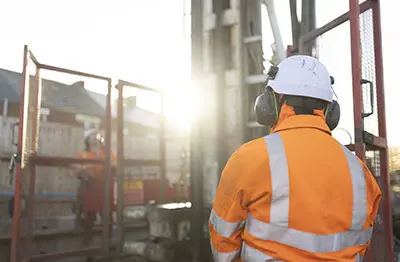

Monitoring Boreholes
Monitoring boreholes are a vital tool for understanding what’s happening below the surface of a site.
About
Borehole Monitoring
Monitoring boreholes are a vital tool for understanding what’s happening below the surface of a site. Whether for environmental baseline assessment, long-term contamination monitoring or geotechnical stability observations, these specialist boreholes allow access to subsurface data that simply can’t be gathered from surface surveys alone.
At Igne, we have decades of experience in drilling and installing monitoring boreholes across the UK. Our teams support projects at every stage of the asset lifecycle, from acquisition and construction through to operation and closure.
Monitoring boreholes are just one of the many ways we help our clients de-risk their developments by building a full picture of what’s beneath their feet.
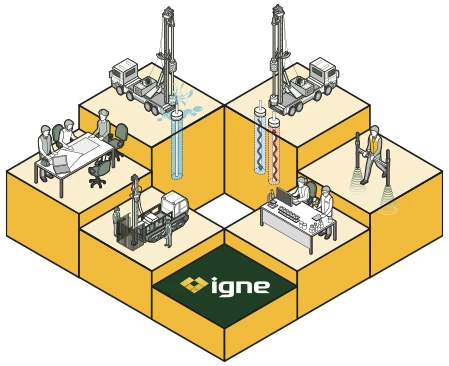
The uses
Why are Monitoring Boreholes Used?
Monitoring boreholes are drilled to provide ongoing access to groundwater, gas or ground movement conditions. They are often installed as part of environmental due diligence, contamination assessments, landfill gas monitoring or ground movement surveillance.
Typical applications include:
- Groundwater quality testing
- Water table level monitoring
- Landfill gas or vapour monitoring
- Ground settlement and deformation observation
- Contaminant plume delineation and tracking
- Long-term environmental compliance
- Post-remediation verification
Monitoring boreholes can remain active for months or years depending on the nature of the investigation. Their role is to deliver continuous, accurate information that informs safe, sustainable decision-making.
The Process
How Are Monitoring Boreholes Installed?
The process begins with identifying the optimal location and drilling technique for the site conditions and monitoring goals. Our specialist drilling teams can deploy a range of methods including rotary, cable percussion, or window sampling rigs, depending on access, ground type and required depth.
Once drilled, the borehole is typically fitted with slotted pipework to allow water or gas entry at a specific depth, backfilled with appropriate filter media, and sealed at the surface to prevent cross-contamination.
Installation must be meticulous to ensure data accuracy and long-term stability.
The benefits
The Value of Getting Monitoring Boreholes Right
When drilling and installed correctly, monitoring boreholes are an invaluable asset. Their key benefits include:
- Accurate, repeatable data from specific depths
- Long-term, low-maintenance access to groundwater or gas
- Supports planning permissions and regulatory compliance
- Enables early detection of contamination or movement
- Potentially reduces financial and reputational risk
Igne’s approach ensures every borehole we install delivers value over its lifetime.
Our expert teams operate across sectors including residential, commercial, infrastructure and energy, and understand how to tailor borehole installations to meet your needs.
The challenges
Challenges & Considerations when Installing Monitoring Boreholes
Every site presents unique challenges. Poor access, difficult ground conditions, urban locations or contamination risks all require adaptive thinking. That’s where Igne’s cross-disciplinary expertise comes into its own.
We work closely with clients, regulators and other contractors to ensure monitoring boreholes are safely and efficiently installed, with minimal disruption. Our teams plan for:
- Logistical access and rig choice
- Contamination control and sealing techniques
- Correct well screen design and filter selection
- Data logger integration where required
- Long-term site security and accessibility
Decommissioning
End of Life: Decommissioning Monitoring Boreholes
When monitoring is complete, decommissioning must be carried out to prevent boreholes becoming contamination pathways or hazards. Igne ensures all decommissioning work meets Environment Agency guidance.
Typically, decommissioning involves removing pipework where possible and backfilling the borehole with bentonite or cementitious grout to seal it completely. We provide full reports and documentation as part of our close-out service.
FAQ
Frequently Asked Questions about Monitoring Boreholes
- How deep are monitoring boreholes?
Depth varies from a few metres to over 100m, depending on the target groundwater zone or gas depth.
- Do I need a permit to drill a monitoring borehole?
In some cases, yes. Sites near protected areas or water bodies may require permits. We can advise on regulatory requirements.
- How long do monitoring boreholes last?
With proper installation and maintenance, they can function effectively for 5 - 20 years or more.
- Can monitoring boreholes be used for remediation?
Yes. Boreholes are sometimes used for injecting treatment agents or for pumping contaminated groundwater during remediation works.
- What data do monitoring boreholes collect?
They can enable the collection of water samples, gas concentrations, water levels, pressure data, and other in-situ measurements using sensors or manual sampling.
The Next Step
Let’s Talk Monitoring Boreholes
Monitoring boreholes require precision. They need specialist knowledge, careful planning and expert delivery. At Igne, we offer all three!
We’ve drilled thousands of boreholes for projects across the UK and understand how to deliver accurate, compliant, long-lasting installations.
Whatever the purpose, wherever the location, if you need a monitoring borehole, make sure you choose a partner with the experience to get it right first time.
If you’re planning a development, facing an environmental challenge or need subsurface data to support your project, Igne is ready to help. Our specialist drilling teams take on complex borehole installations across all sectors and all environments.
Get in touch today and let’s discuss how we can help you understand the ground, reduce risk and move forward with confidence.

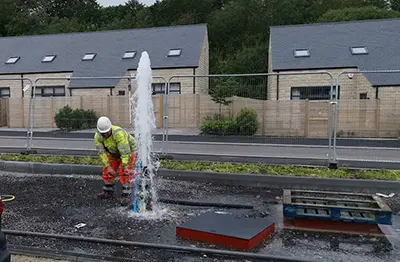
Artesian Boreholes
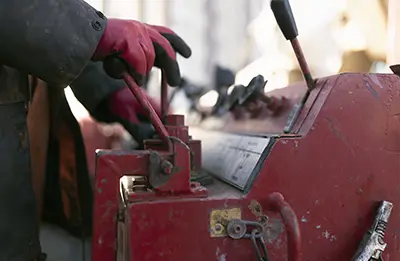
Angle Boreholes
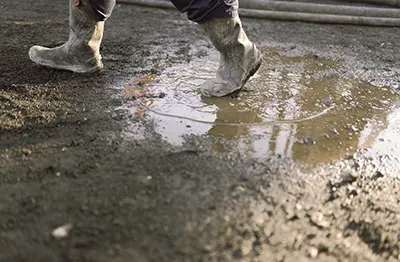
Drilling with Mud
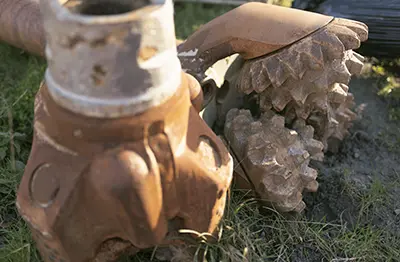
Large Diameter Boreholes
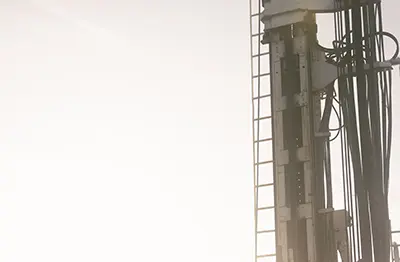
Deep Boreholes
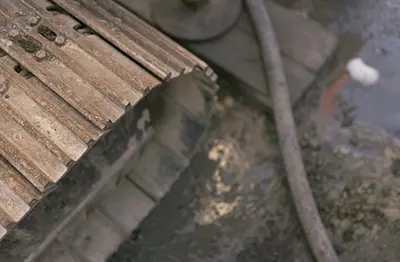
Acidisation
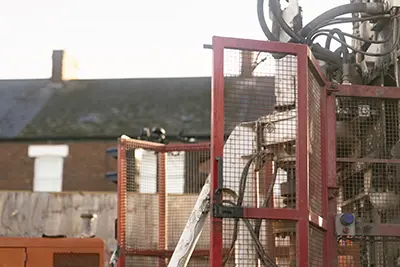
Hydrofracturing

Dewatering

Monitoring Boreholes

Vibrating Wire Piezos

Fibre Optics

Seismic Monitoring

Deep Wireline Coring

Gas Control

Deep Soakaways

Decommissioning

Specialist Plant & In Hole Equipment Hire

